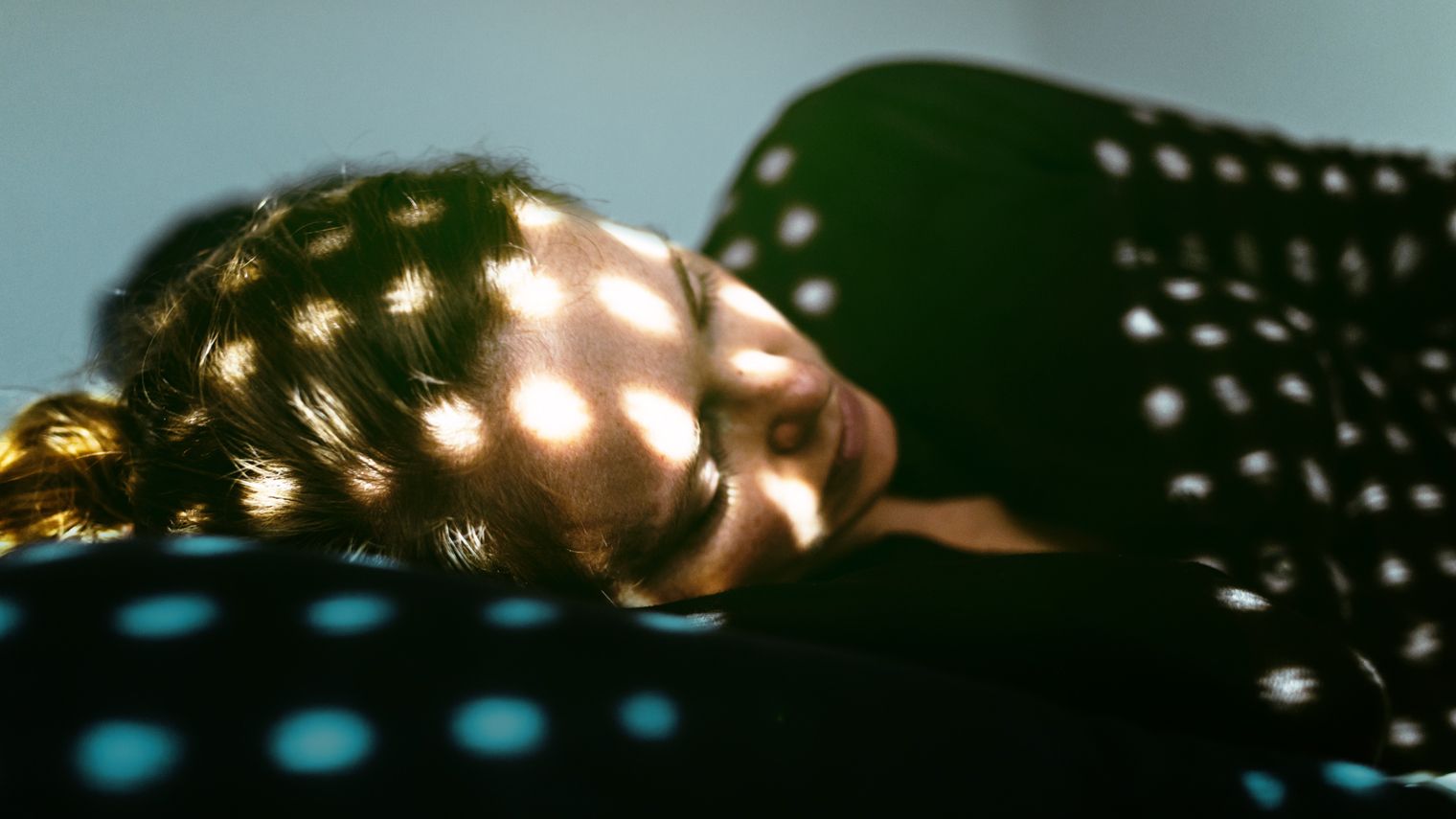Menstrual Migraine: Symptoms, Causes, and Treatments
May 30, 2023
Content created for the Bezzy community and sponsored by our partners. Learn More

Photography by Guido Mieth/Getty Images
Hormone changes can trigger a migraine attack. Here’s what you need to know about the symptoms, causes, and treatments for menstrual migraine.
If you’ve noticed that you have a migraine attack around the same time each month, it’s not a coincidence. Migraine attacks can be caused by shifting hormones.
These attacks, called menstrual migraine attacks, typically happen between the 2 days before your period to the 3 days after your period starts. These attacks can be disabling and long lasting.


Symptoms of menstrual migraine
The symptoms of a menstrual migraine attack are similar to those of other forms of migraine attacks. Common symptoms of menstrual migraine include:
- head pain (typically on one side of the head)
- nausea
- vomiting
- sensitivity to lights and sounds
- vision changes or aura
It’s estimated that 2 out of 3 women who live with migraine experience migraine symptoms that are tied to their menstrual cycles. Menstrual migraine attacks may occur with or without aura. However, it’s less common to experience aura during a menstrual migraine attack compared to other forms of migraine attacks.
People with menstrual migraine may or may not have migraine attacks at other times of the month caused by other factors.
Causes of menstrual migraine
Menstrual migraine attacks are caused by hormone changes in your body. The main hormone associated with menstrual migraine is estrogen. Estrogen is a sex hormone that fluctuates throughout the menstrual cycle. Estrogen levels are highest in the middle of your cycle, near ovulation, and lowest when you have your period.
The drop in estrogen that occurs just before your period begins is believed to cause a decrease in serotonin in the body which can trigger the onset of a menstrual migraine attack. Serotonin levels in the body have also been connected to migraine.
More research is needed to better understand the processes in the body that contribute to menstrual migraine.
Menstrual migraine treatment
Menstrual migraine episodes don’t always respond to the same medications that work to treat other migraine attacks. It isn’t clear why this happens, but it may be because of the way that estrogen affects chemicals in the drugs.
For some, acute treatment of a triptan, along with nonsteroidal anti-inflammatory drugs (NSAIDs), may work. But if this doesn’t work, other options are available.
Estrogen supplements taken in the form of a pill, vaginal gel, or patch during the week of your period can sometimes be effective at counteracting the drop in estrogen. This usually works best for those who have menstrual cycles that are predictable and less well for those with irregular periods.
Magnesium has also been shown to improve menstrual migraine symptoms. In one study, individuals who started taking magnesium supplements 15 days before the start of their period, and continued to take them until their next period, experienced fewer days with migraine.
Mini-prevention is another method used to manage menstrual migraine. This is when you take daily medication for 5–7 days prior to the onset of your period. This can include taking NSAIDs twice a day, which may reduce the intensity of the migraine if it does occur and make it an attack more responsive to triptan treatment. Again, this strategy works most effectively for people with regular menstrual cycles.
Studies have also looked at triptan dosing as a mini-prevention method. This is when a person takes triptans twice daily on the days around their period. This method aims to reduce or prevent menstrual migraine attacks. If you use this method, be careful about taking triptans at other times of the month to avoid overuse.
Can avoiding a period help prevent menstrual migraine attacks?
Skipping periods entirely by taking hormonal birth control with estrogen and progestin continuously is another way of managing menstrual migraine. This method is safest for those who do not have aura, as people who experience migraine with aura are at increased risk of stroke.
Skipping periods can be done by skipping the placebo tablets and taking the active pills continuously. Doing so keeps hormones steady during the month and prevents the steep drop in estrogen that is believed to cause menstrual migraine attacks. If your doctor suggests this option for you, you would most likely not have a period. It’s possible that some spotting could occur.
Your doctor may also suggest also using a vaginal ring at the same time as a hormonal birth control pill. This is a small plastic ring inserted in your vagina that releases a continuous dose of estrogen.
The takeaway
Hormones don’t only impact migraine symptoms during the menstrual cycle. As the hormone level falls at other times of our life, like during pregnancy, after giving birth, or when transitioning to menopause, people may find that they experience different or more intense migraine symptoms.
It’s always a good idea to talk with your doctor if you believe your migraine attacks are connected to your hormones.
Medically reviewed on May 30, 2023
7 Sources


Like the story? React, bookmark, or share below:
Have thoughts or suggestions about this article? Email us at article-feedback@bezzy.com.
About the author